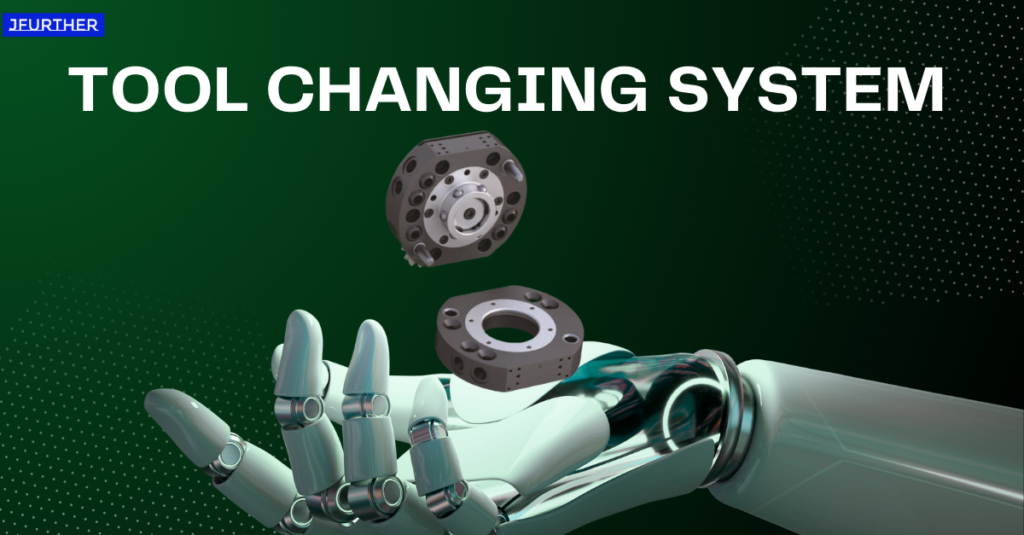Introduction
Robotic tool changers are pivotal in modern manufacturing, enabling robots to switch between different tools effortlessly and securely. These devices enhance the versatility and efficiency of robotic systems, especially in assembly lines where multiple tasks must be performed sequentially. This article explores the features and benefits of advanced robotic tool changers designed to support payloads up to 100 kg.
Key Features of Robotic Tool Changers
1. High Payload Capacity
- Capability: These tool changers can handle tools and attachments weighing up to 100 kg, making them suitable for a wide range of industrial applications, from automotive assembly to heavy material handling.
2. Mechanical Locking Mechanism
- Reliability: The inclusion of a mechanical locking mechanism ensures that the connection between the robot side (master) and the tool side (tool plate) remains secure, even if the air supply is interrupted.
- Safety: This feature guarantees that the tool remains attached to the robot without risk of accidental detachment, enhancing workplace safety.

3. Steel Ball Lock System
- Strength and Precision: The steel ball lock system provides a robust and precise connection between the robot and its tools, ensuring stable and accurate operation.
4. Compact and Lightweight Design
- Space Efficiency: The small size of the tool changers allows for greater flexibility in robot design and deployment, particularly in tight spaces.
- Reduced Load: Their lightweight build minimizes the overall mass the robot needs to move, which can improve the speed and energy efficiency of the robotic system.
5. Convenient Signal Detection and Adjustment
- Ease of Integration: Tool changers are equipped with systems that facilitate easy detection and adjustment of signals, which simplifies the integration of different tools and enhances the functionality of the robotic system.
Benefits
1. Enhanced Productivity
- By quickly changing between tools without manual intervention, robotic tool changers minimize downtime and maximize operational throughput.
2. Increased Flexibility
- The ability to switch between multiple tools equips a single robot to perform a variety of tasks, from welding and screw driving to painting and material handling, which optimizes asset utilization.
3. Improved Safety
- The mechanical locking mechanism and steel ball lock system ensure that tools are securely attached, reducing the risk of accidents caused by tool drops or misalignments.
4. Optimal Space Utilization
- The compact design of these tool changers makes them ideal for use in crowded or confined manufacturing environments where space is at a premium.
Conclusion
Robotic tool changers are transforming industrial automation by making robotic operations more versatile, efficient, and safe. With features like a high payload capacity, mechanical locking mechanisms, and a compact form factor, these tool changers are essential for industries looking to improve productivity and flexibility in their robotic applications. Whether for automotive, aerospace, or consumer goods manufacturing, robotic tool changers offer a critical solution to the evolving challenges of modern industry.
